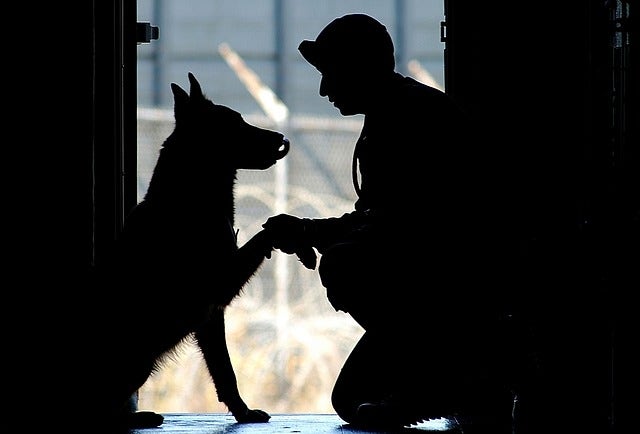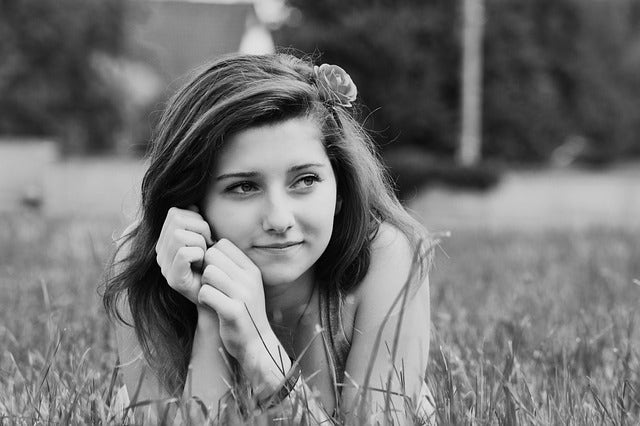
It’s easy to take a photograph of someone. But it’s not so easy to encourage others to look at it, admire it and applaud your work!
Here’s a simple tip for you: a noteworthy portrait photograph is all about the framing. But getting the right framing is much tricker than learning that it’s the key to everything.
The best framed photographs have a depth of field and a story to tell through the context in the image. Here are just a few of the ways you can achieve this through clever framing:
Frame your subject off-centre
If you’ve read many of our blog posts, you’ve probably noticed we like to harp on about the Rule of Thirds. It’s not just us either. All professional photographers will admit that the Rule of Thirds is something you have to learn if you ever want to conquer the art of photography.
In portrait framing, the Rule of Thirds helps you remember to place your subject slightly off centre to create depth and interest. The main idea in portrait composition is to ensure your subject’s eyes are placed on a third of your image, rather than dead centre, as with the image below.

Try environmental framing
You can create additional depth and interest by using your natural surroundings or man-made elements to frame your subject. If you’re indoors, for example, you can use a doorway or a window frame to evoke a sense of intimacy, such as in the photo below. Some other ideas include using natural elements such as branches or trees, or even other people.
Environmental framing helps place your subject within a specific context that can provide additional information or create a story about your subject.
Keep in mind you don’t need to completely surround your subject to create a frame. Many of the best frames are only on two or three sides – such as the walls of a laneway or the washing on the line. As long as you have lines that will draw the eye to your subject, you’ve created an effective frame.

Keep your subject in focus
This goes hand-in-hand with the hint above, because if you have a point of interest in front of your subject, your camera may naturally want to focus on this element. Make sure your subject remains in focus whether they are in the foreground or the background. A handy hint is to make sure the focus point is targeted on one of your subject’s eyes.

Get up close and personal
As human beings, we’re used to giving our peers some personal space – generally a foot or so of room around them that we don’t intrude on. But this same rule doesn’t apply in photography. Some of the most enigmatic shots are those taken up close, intrusive, confronting and intimate.
Don’t be afraid to get close to your subject – or at least use a zoom lens to get in close, cutting out the redundant space around your subject. Seeing the details in a person’s face can provide an impacting portrait you simply can’t achieve from far away.

Incorporate context with space
Now to completely contradict our previous tip, it can also pay off to create some space around your subject. This means giving your subject some space between the top of their head and the frame so they don’t feel squeezed in.
But giving your subject some space is also about providing context. A head floating unsupported in your picture can look a bit weird – but this can be easily remedied if you just include a hint of shoulders in the frame. The additional information in the surroundings also help paint a greater picture of your subject's life.

Avoid awkward situations
We’ve all seen those comic portrait photos where background props appear to be originating from your subject’s head. Don’t get caught in the same scenario by making sure you check the background before you take the shot!
These background props will take the attention away from your subject, yet are so easy to eliminate. The easiest way to do it before you press the shutter button is to change your perspective, whether that’s taking a step to the right, squatting down, or attempting a tilted angle in the shot.
Another awkward portrait shot few people consider before they take the image is cropping off hands and feet and making the subject appear amputated. Either crop in tighter so the photo is cropped at the elbow or knees, or else zoom out to provide a greater context.
For some more creative portrait photography tips, check out our handy infographic. And if you're in the market for a new camera to get those crispy and clean portrait photos, browse our full range of products today.
